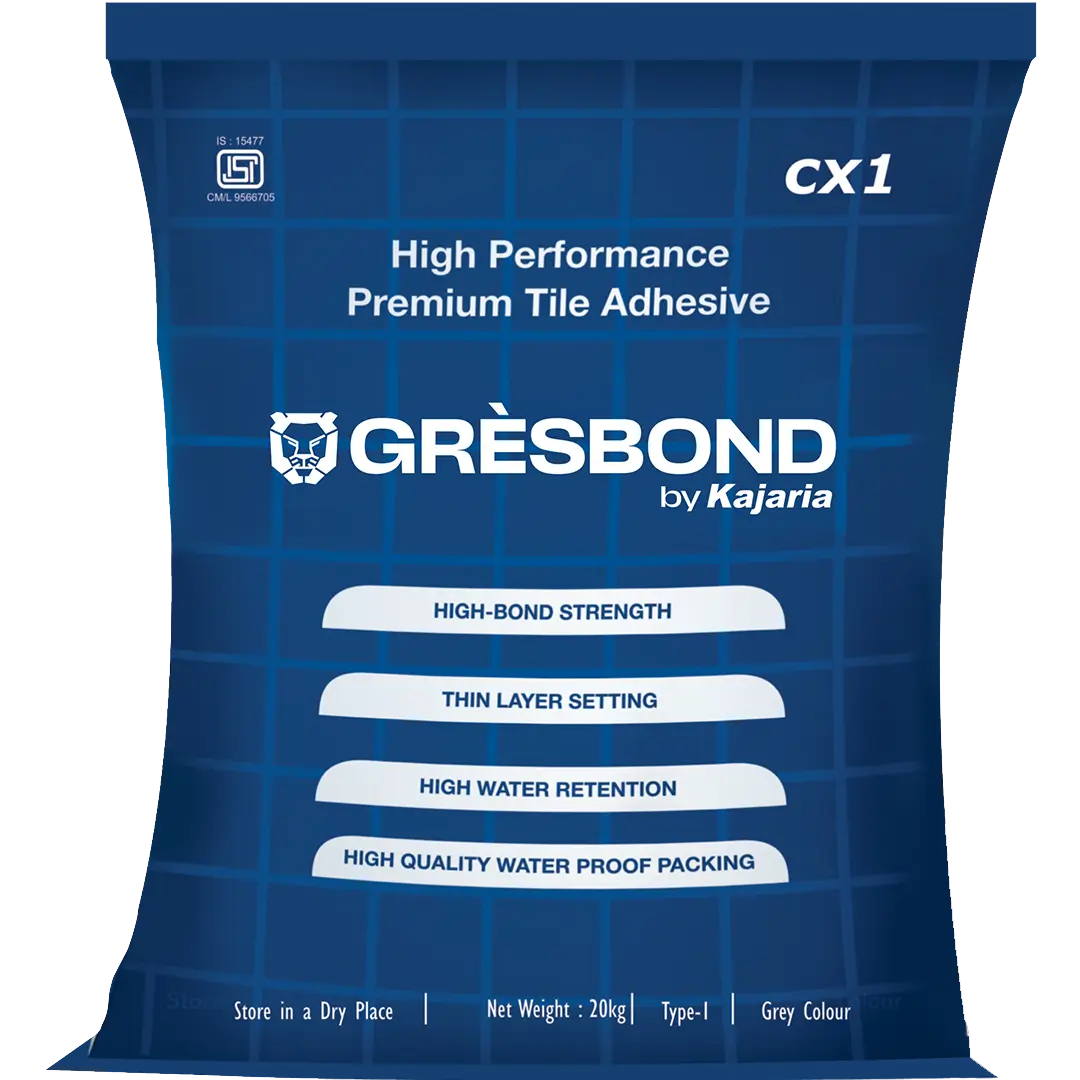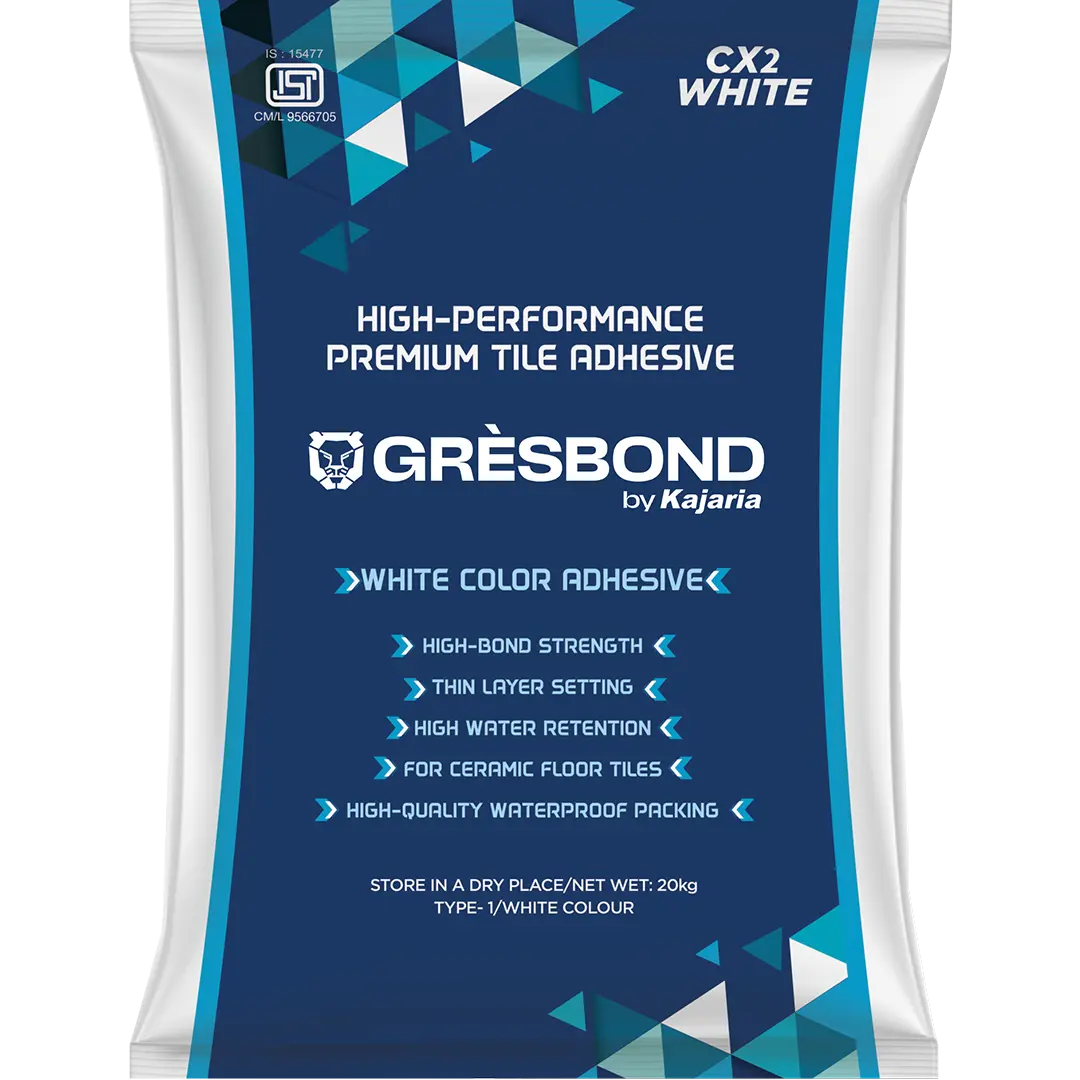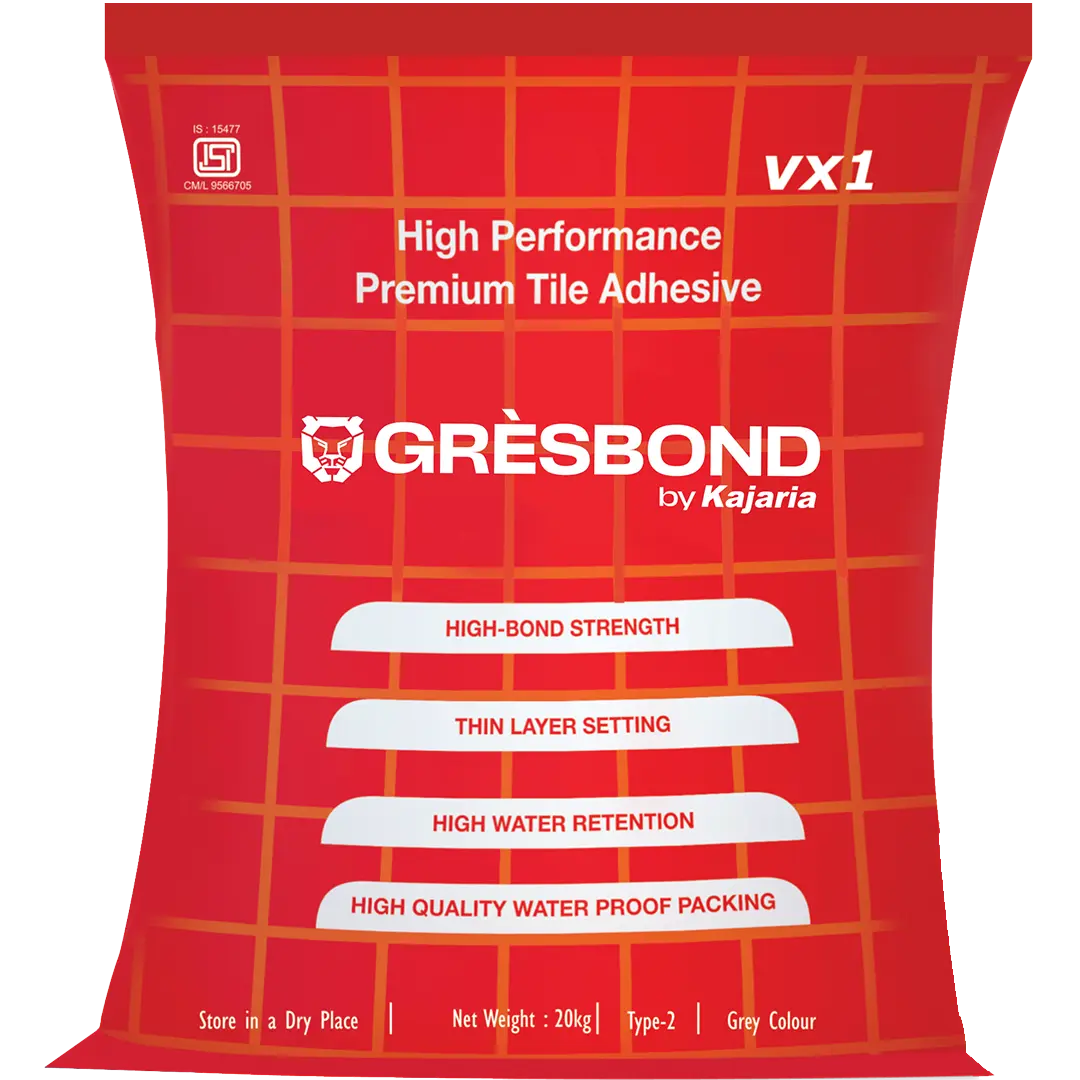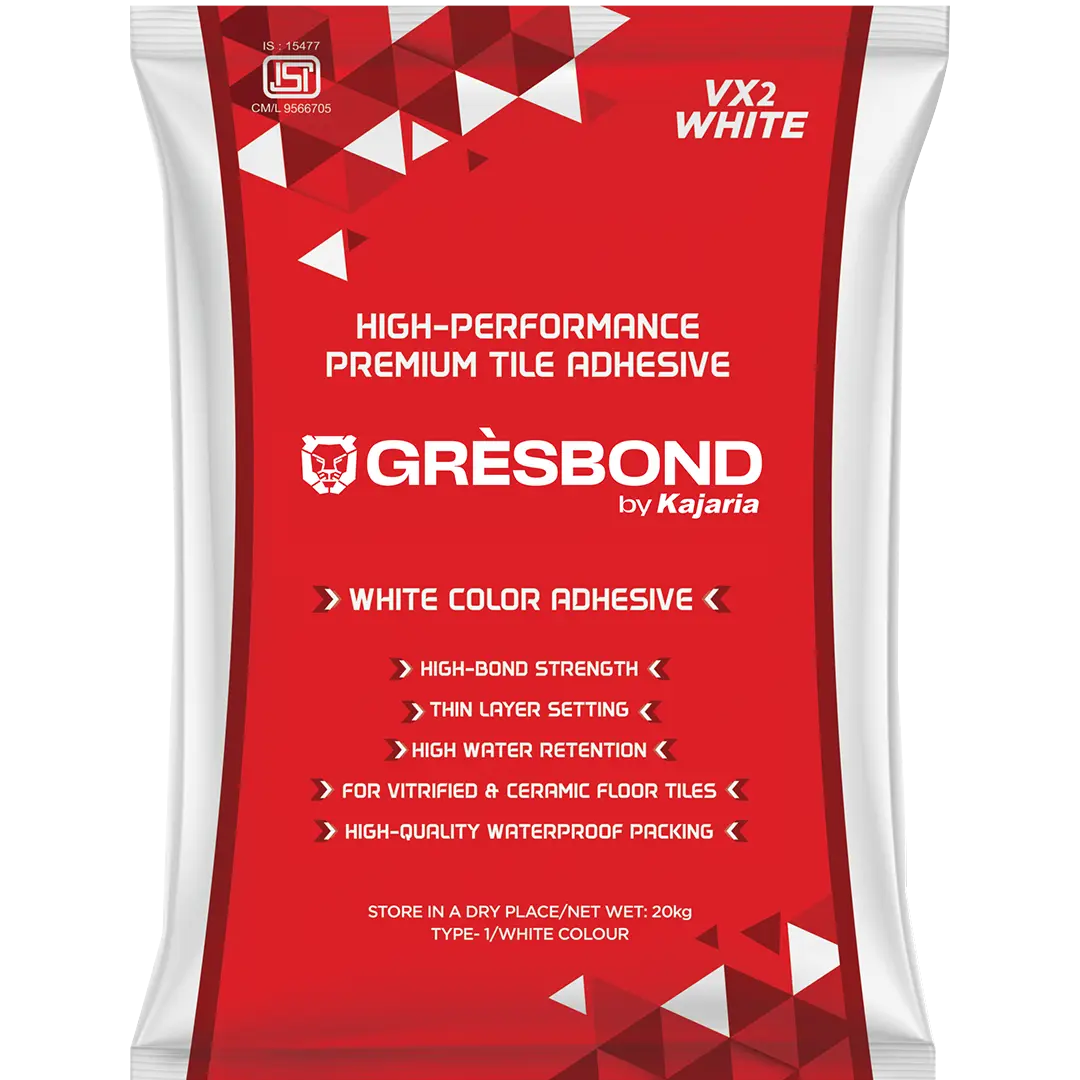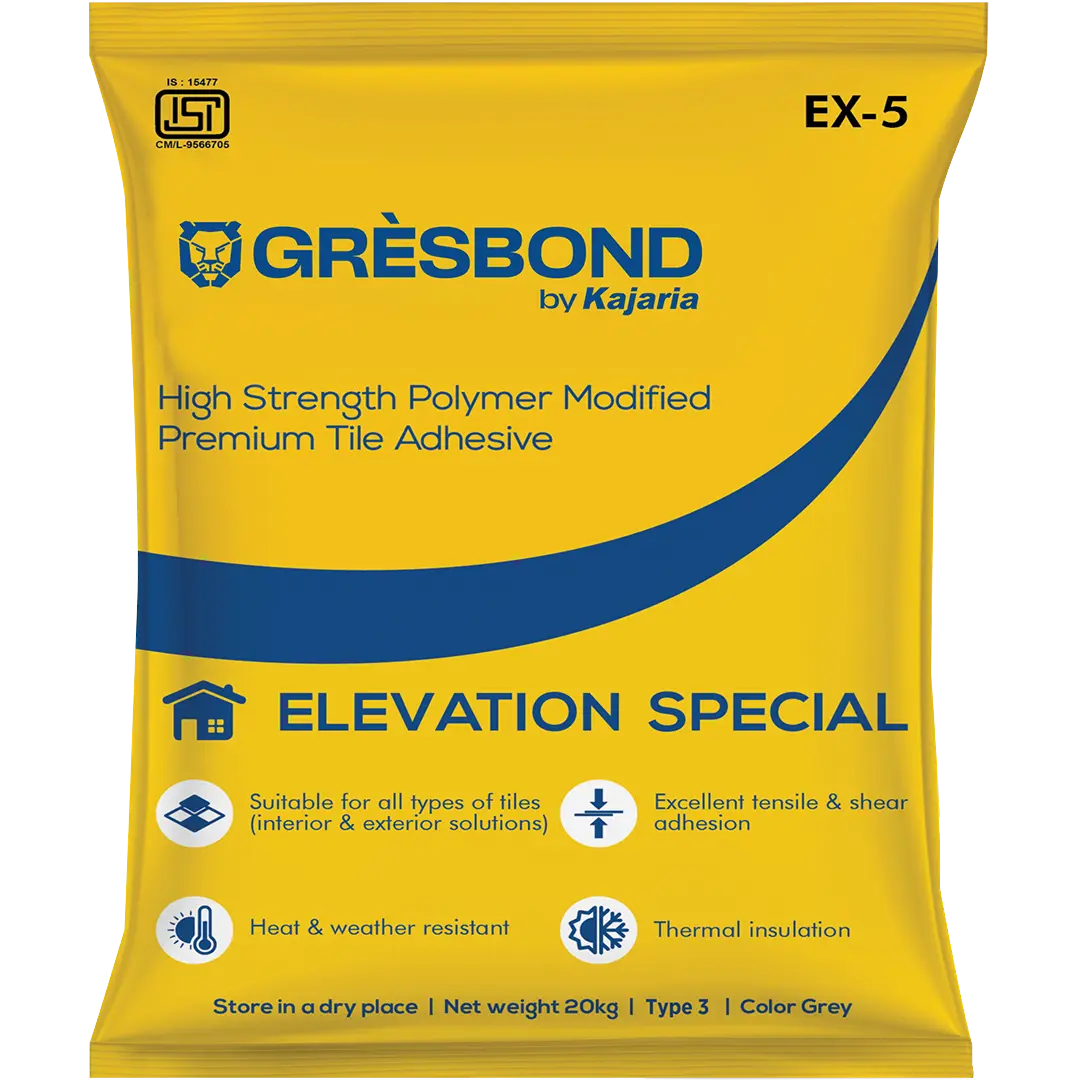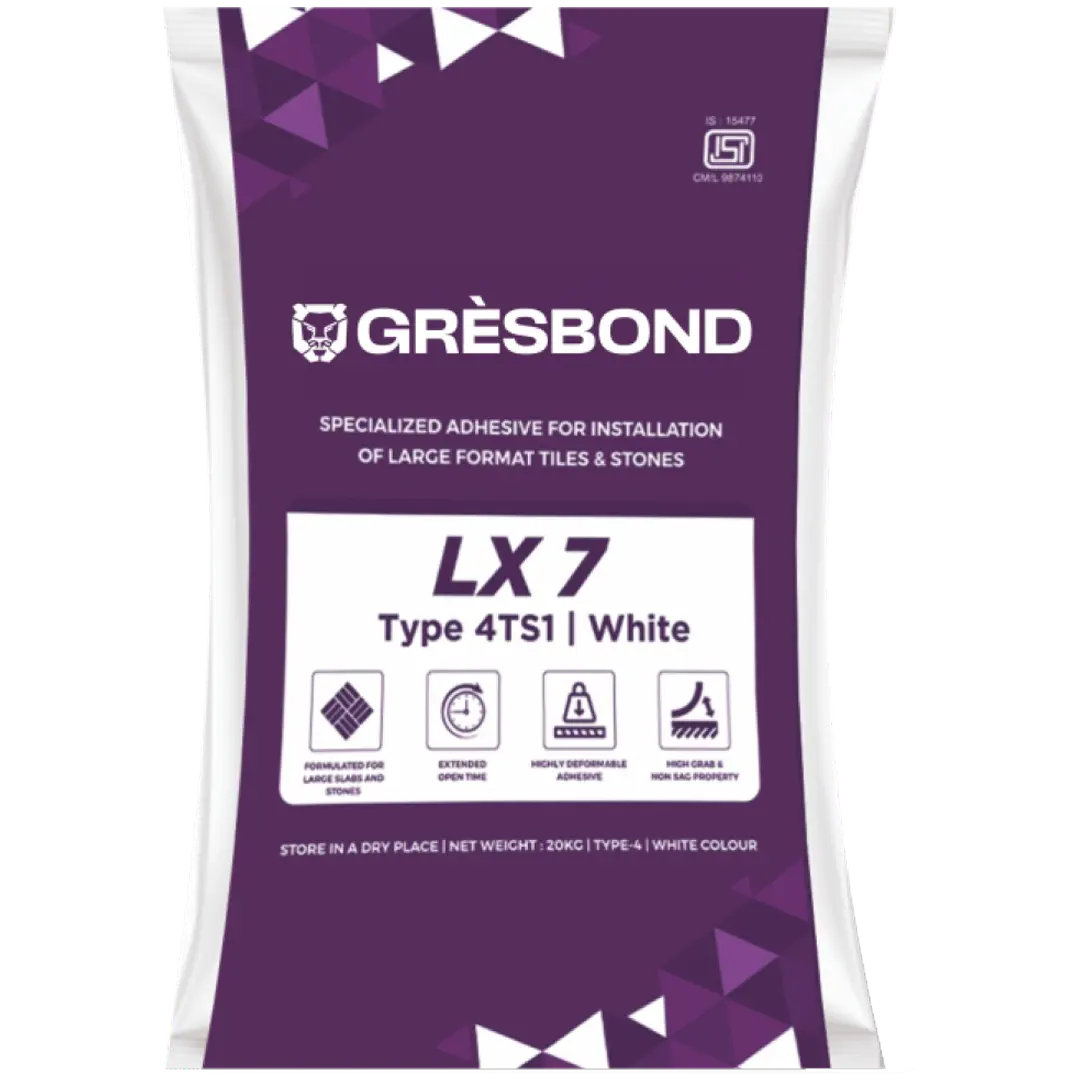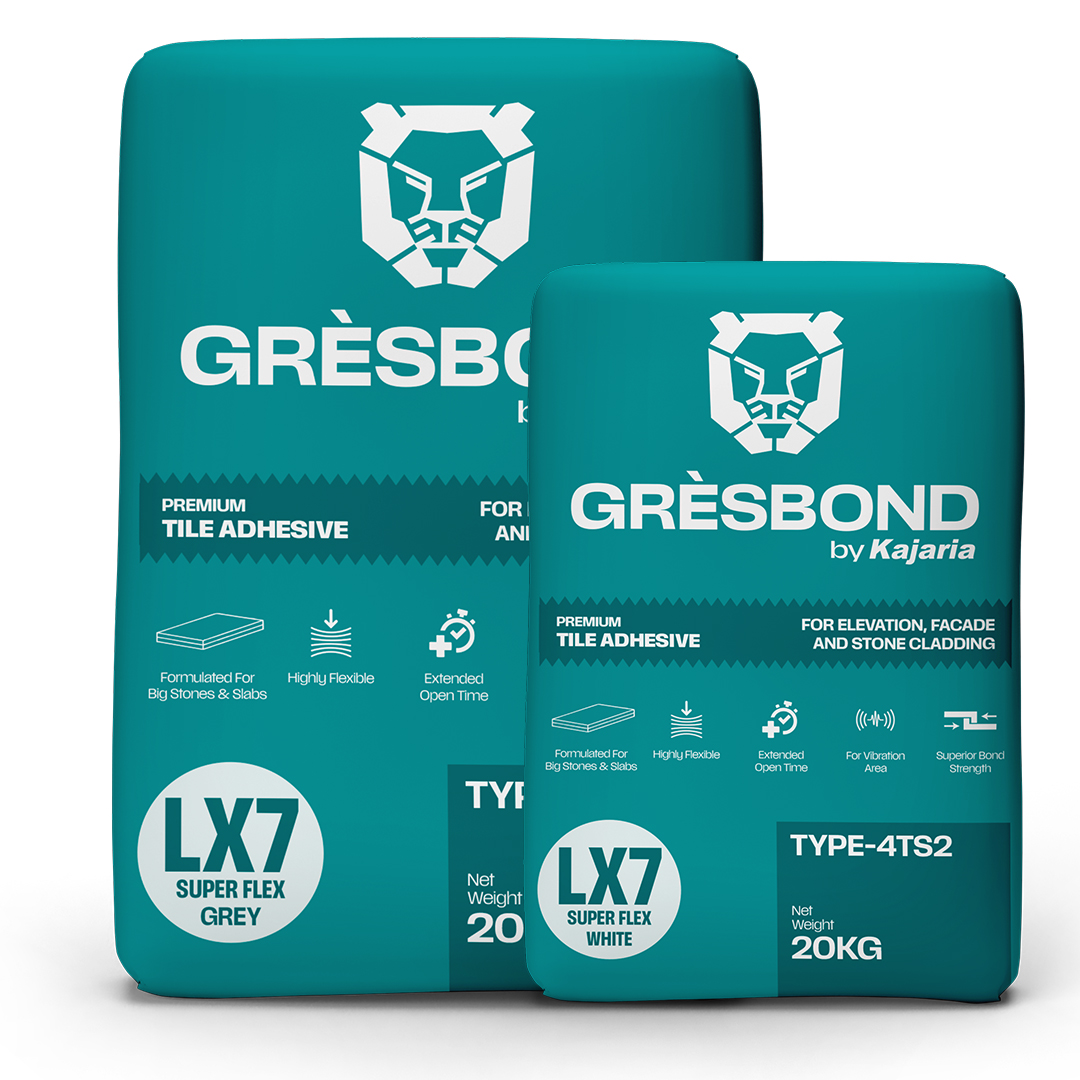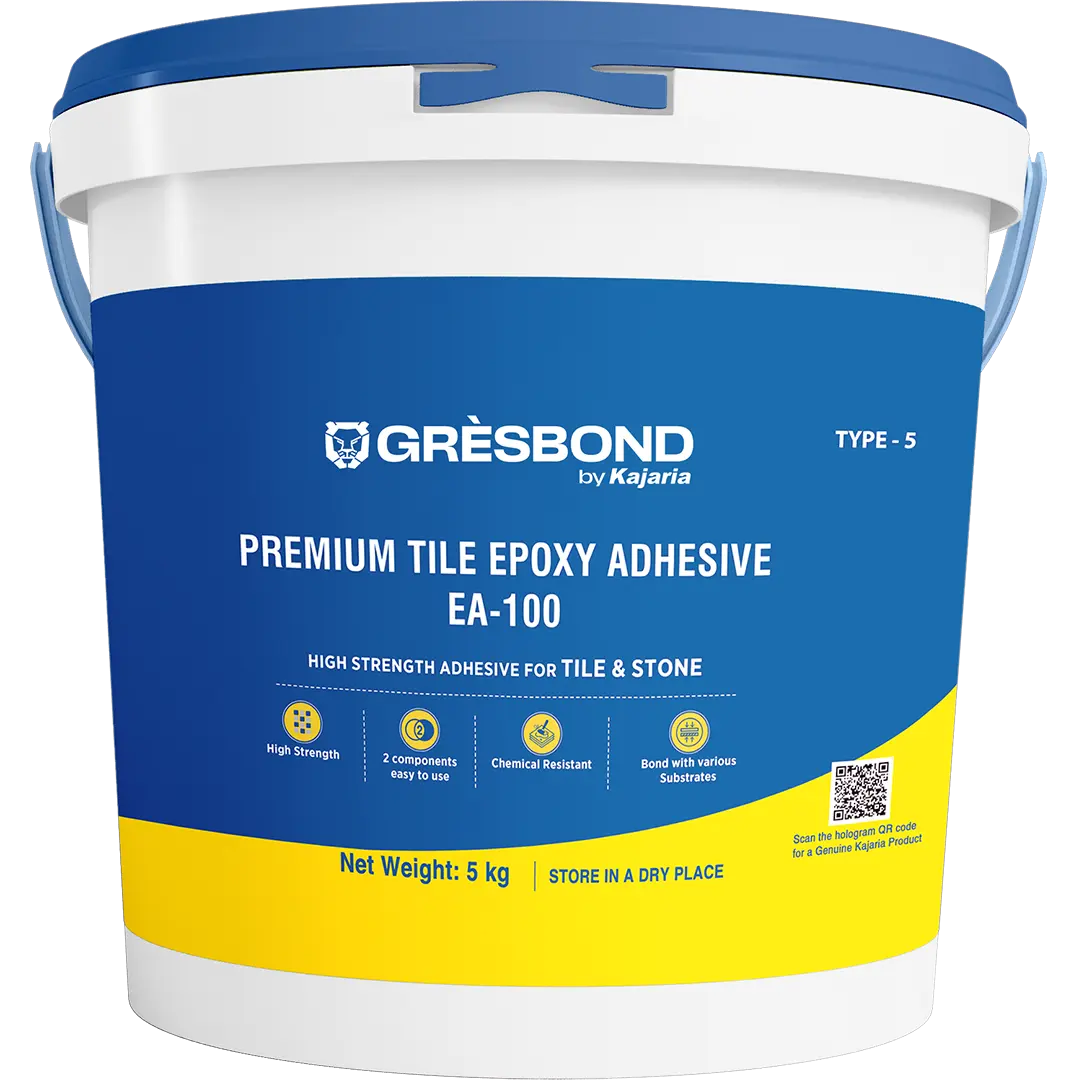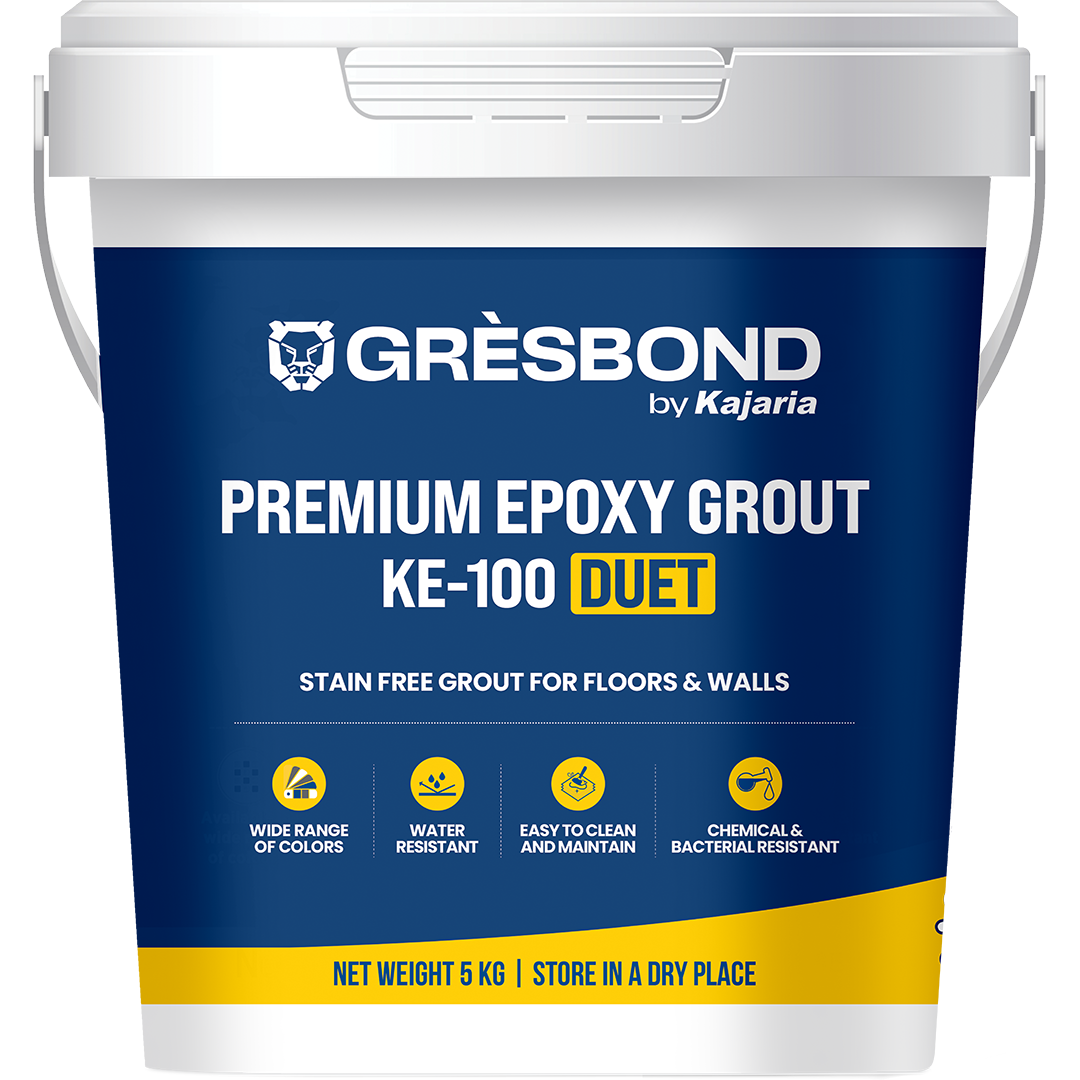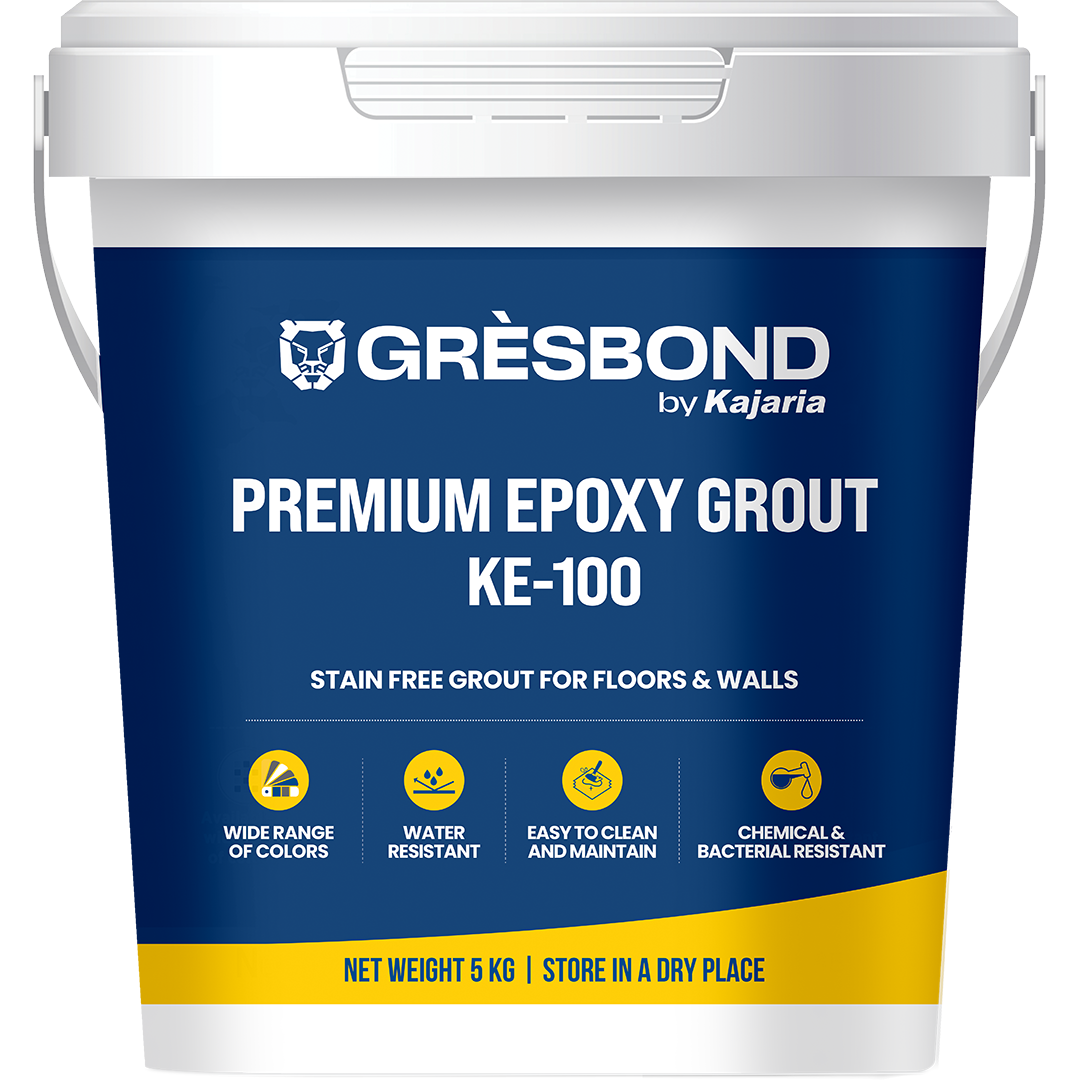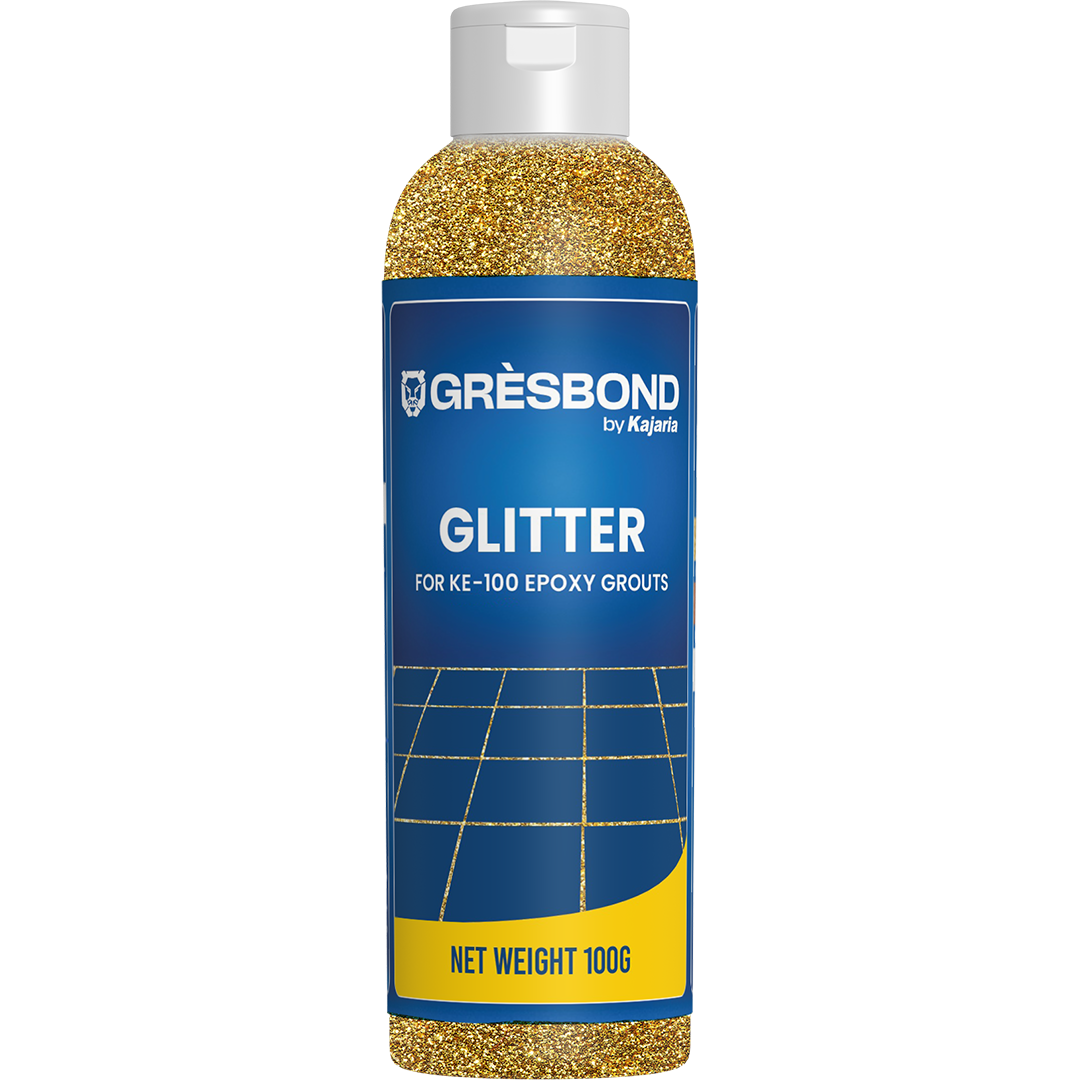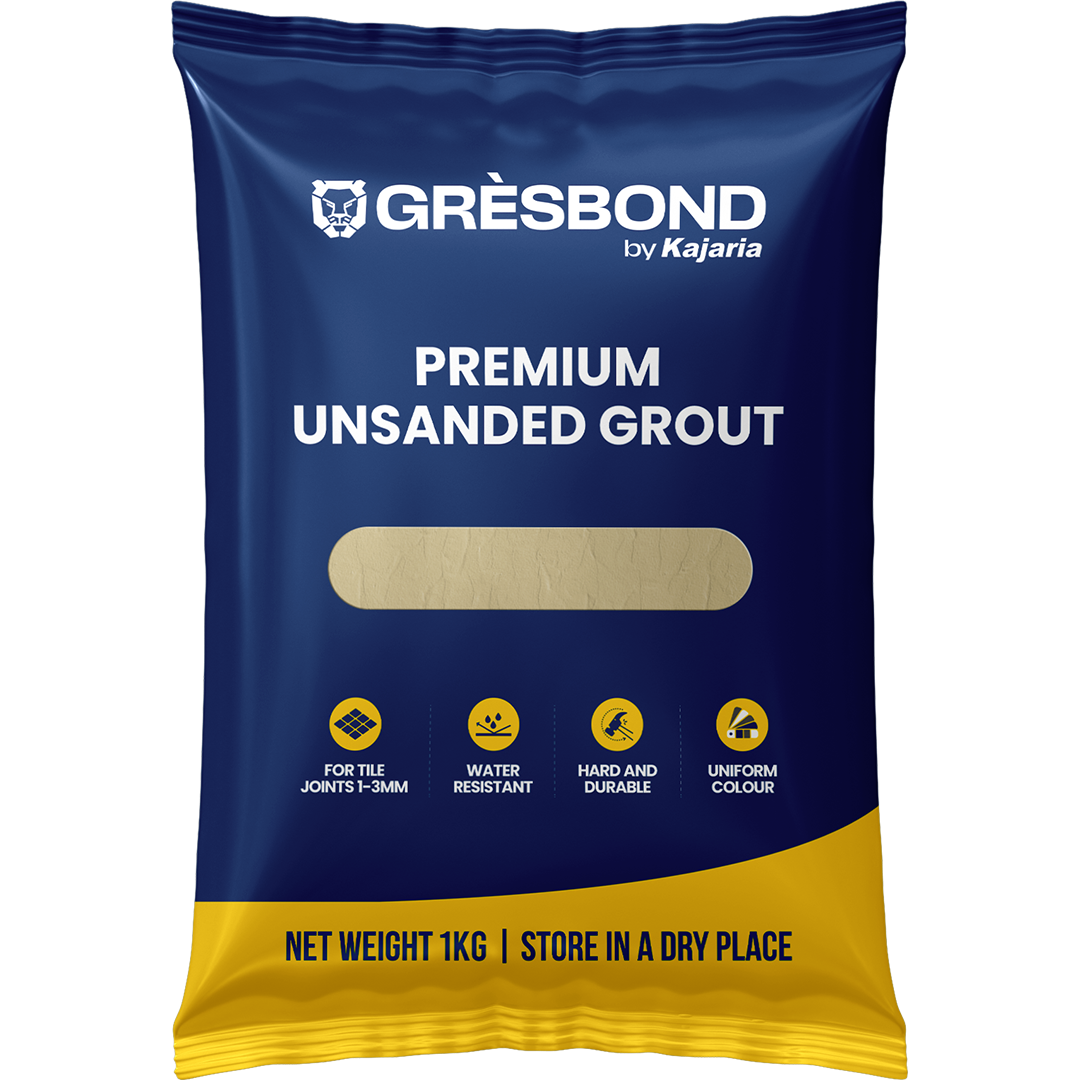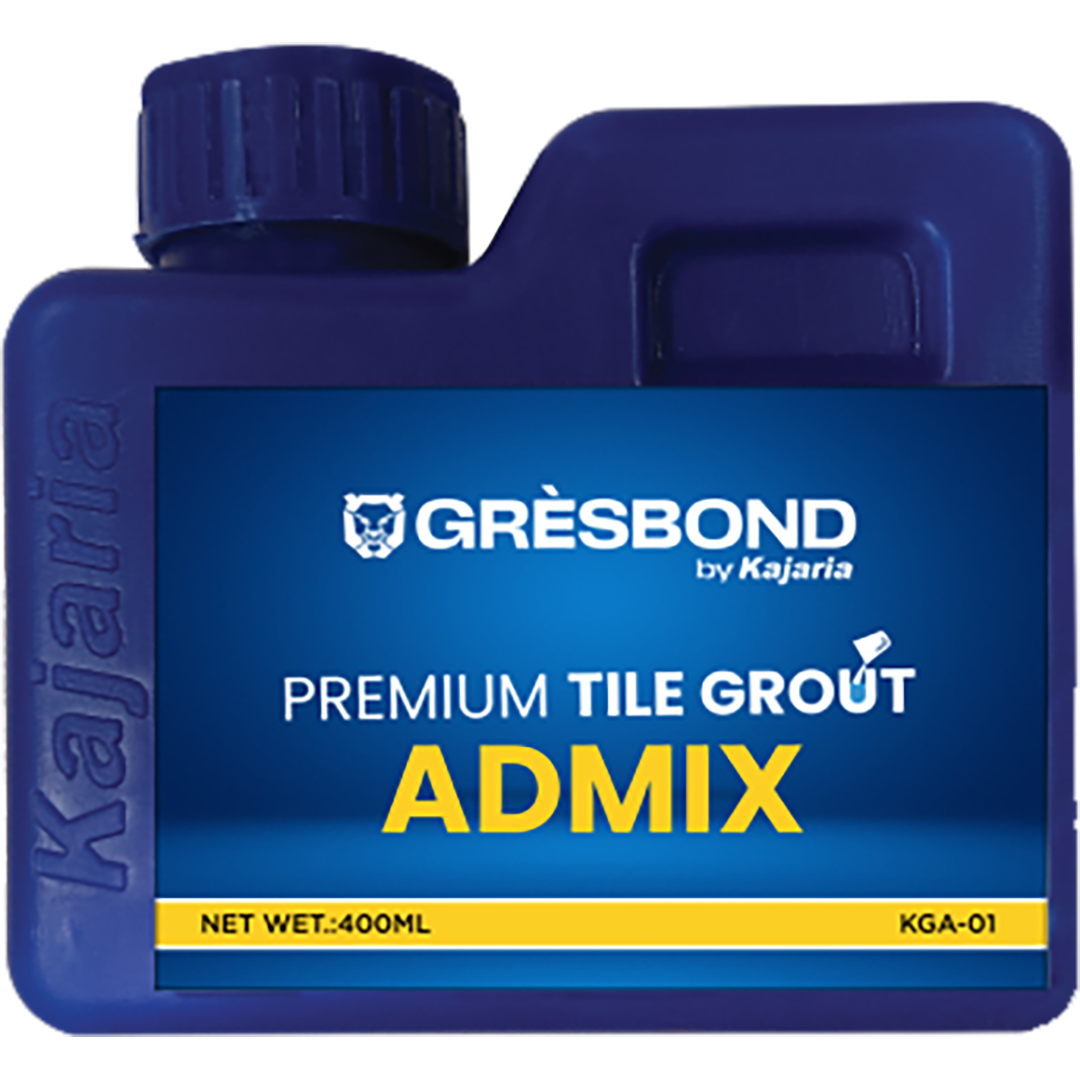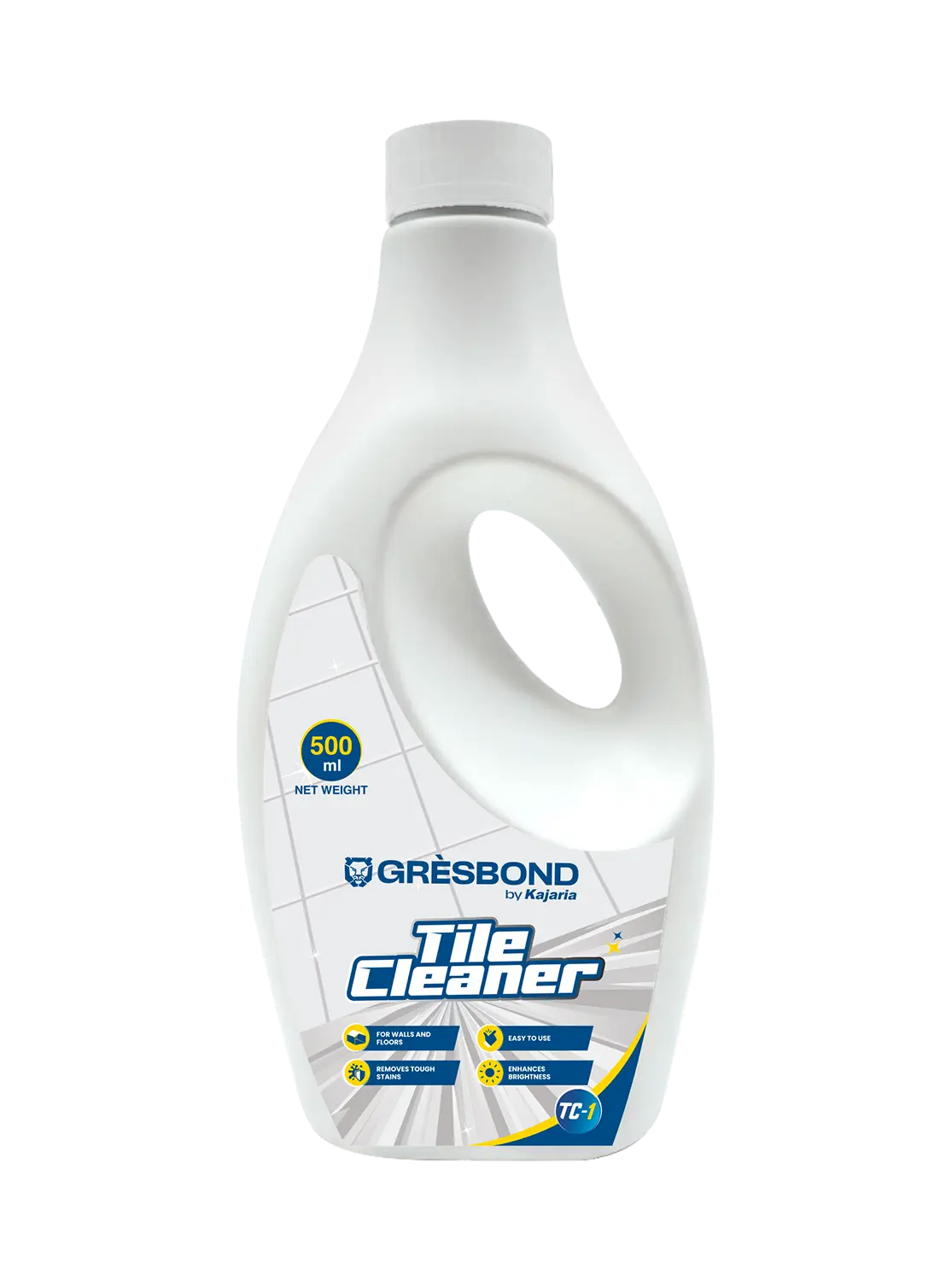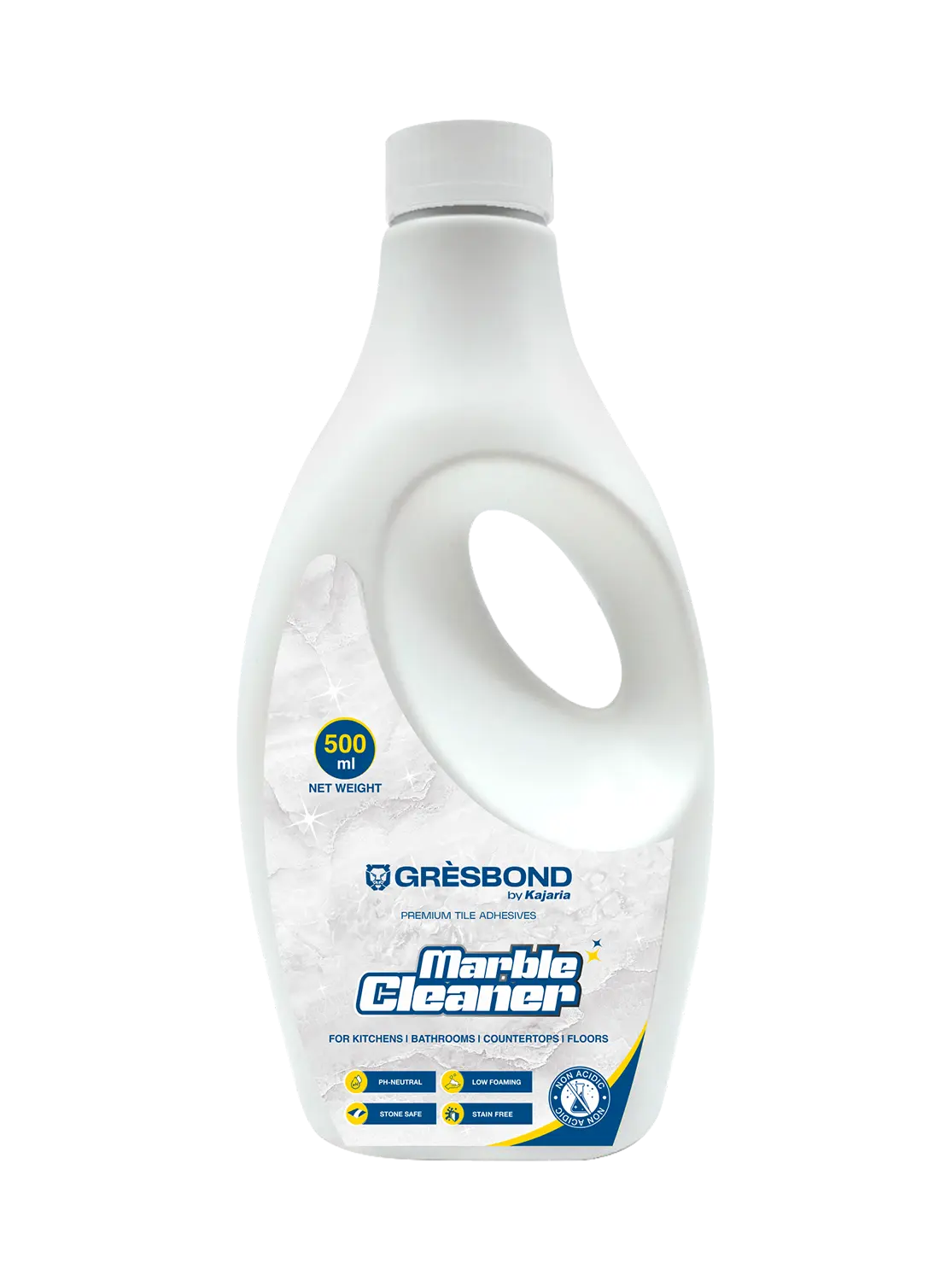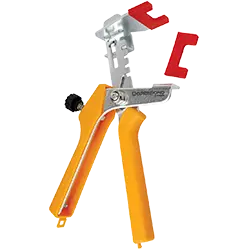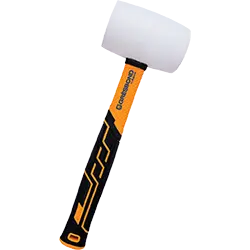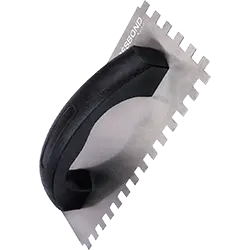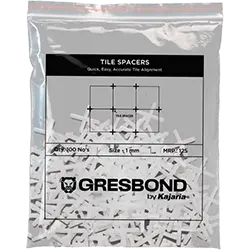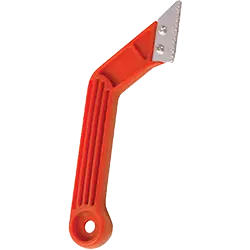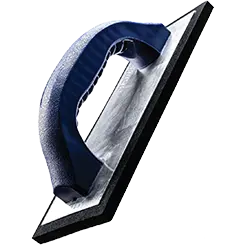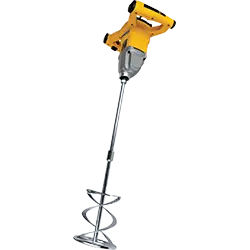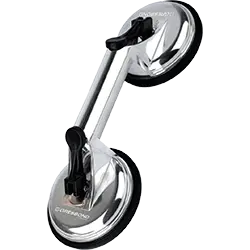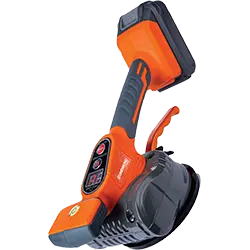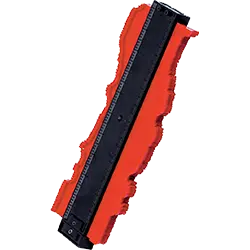Types of Tile Joint Fillers and How to Choose One
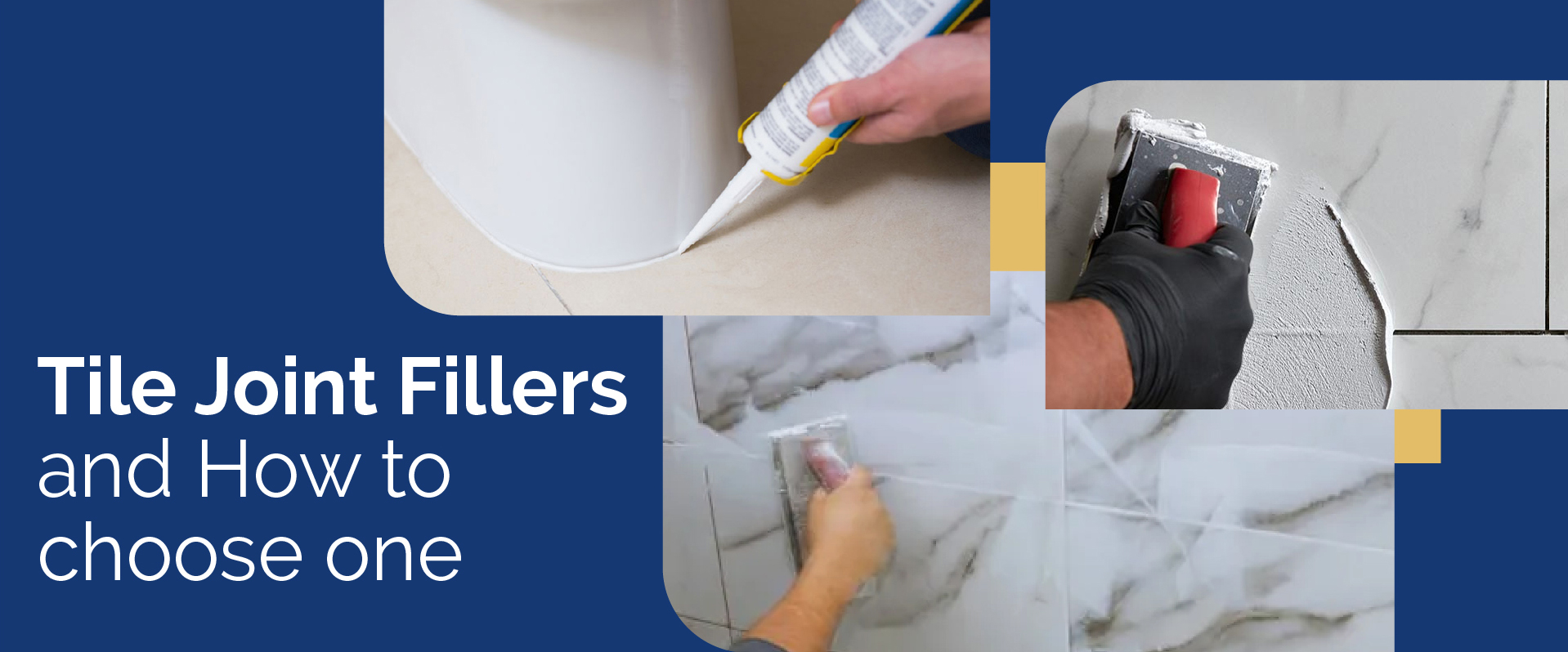
20
may 2024
Types of Tile Joint Fillers and How to Choose Ones
Various types of tile joint fillers are available, each with unique properties and suitability for different applications, including waterproof gap fillers for tiles. Here's a guide to help you choose the right one:
- Cement-Based Grout: Cement-based grout is the most common type of tile joint filler. It comprises cement, sand, and additives, providing durability and stability. Choose cement-based grout for standard tile installations on floors and walls where water resistance is not a primary concern.
- Epoxy Grout: Epoxy grout is a premium option known for its superior strength, stain resistance, and waterproof properties. It has epoxy resins and a filler powder, ideal for wet areas like bathrooms, kitchens, and swimming pools. Select epoxy grout for high-moisture environments or areas prone to staining.
- Premixed Grout: Premixed grout comes ready to use in a tub or tube, eliminating the need for mixing. It offers convenience and ease of application but may provide a different level of durability or water resistance than cement-based or epoxy grout.
- Silicone Caulk: Silicone caulk is a flexible sealant commonly used to fill gaps and joints around tiles, countertops, and fixtures. It offers excellent waterproofing and flexibility and is ideal for wet areas and expansion joints.
When choosing a tile joint filler, consider factors such as the application area, required level of water resistance, ease of application, and desired durability. Selecting the correct type of filler will ensure a successful tile installation with long-lasting, aesthetically pleasing results.
LATEX MODIFIED GROUT
Latex-modified grout is a specialized type of tile joint filler that combines cement-based grout with latex additives. This unique formulation enhances the grout's flexibility, adhesion, and water resistance. It is an ideal choice for gap filler for tiles in high-moisture areas such as bathrooms, kitchens, and showers. The latex modification improves the grout's durability and reduces the risk of cracking or shrinking over time, ensuring long-lasting performance. Also, latex-modified grout is easy to apply and clean, providing a professional finish to tile installations and offering excellent protection against water infiltration and staining.
EPOXY GROUT
Epoxy grout is the best tile gap filler waterproof option, offering unparalleled durability and moisture resistance. This specialized tiles filler is composed of epoxy resins and a filler powder. It creates a waterproof seal that effectively prevents water infiltration and staining, making it ideal for wet areas like bathrooms, kitchens, and swimming pools. Its superior strength and adhesion properties ensure long-lasting performance, while its easy-to-clean surface maintains its pristine appearance over time. Epoxy grout is the preferred choice for joint filler for tiles where maximum protection against water damage and a professional finish are essential.

